Fitbit Surge review: large fitness tracker makes big promises it can't quite keep
Does Fitbit’s ‘Fitness Super Watch’ super enough to live up to its hype?
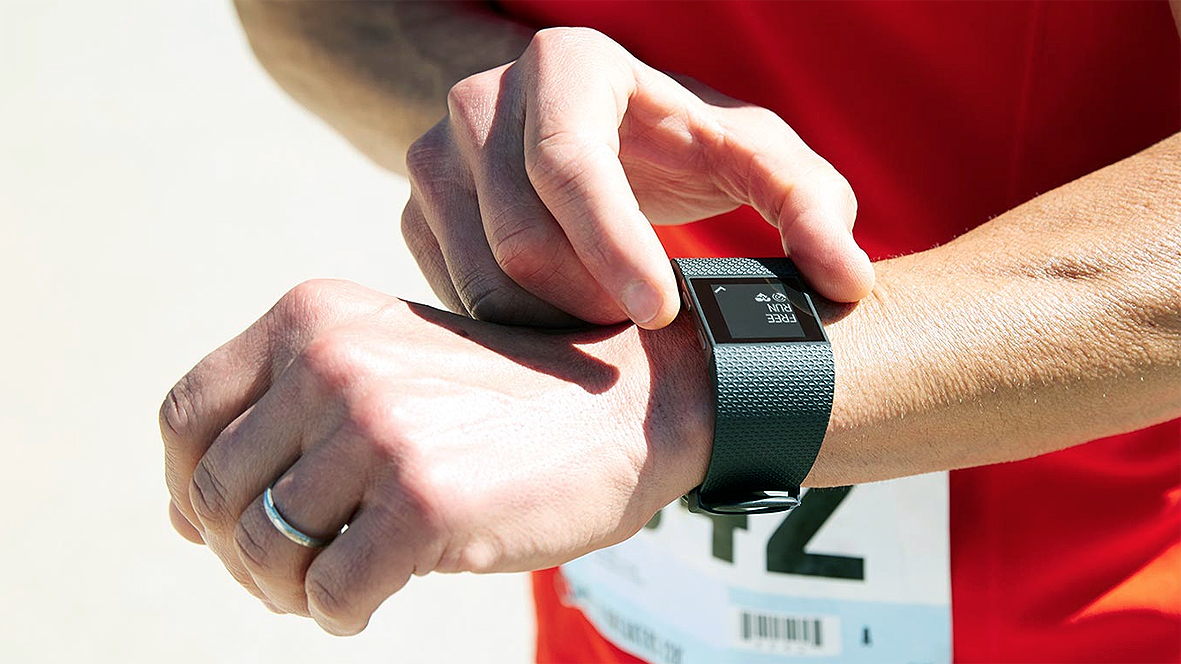
-
+
Great
-
+
easy to navigate app
-
+
Fairly accurate pulse monitor
-
+
Very versatile
-
-
Expensive
-
-
Big and reasonably ugly
-
-
Not amazing as a running watch
Why you can trust T3

Fitbit claims that the Surge is its most advanced tracker to date, supporting sports like golf, yoga, cycling, and swimming. That's why it's positioned as a 'fitness super watch', which is a big shout considering the competition ticks a lot of similar boxes, such as the Jawbone Up4 on the fitness band front, or an actual running watch from Polar, Garmin or Suunto.
That said, the Surge has some very strong elements on paper, such as an array of 8 sensors including a built-in optical heart rate monitor, and the strength of a solid brand. Fitbit didn't start making trackers last week, so they know a thing or two about the importance of accuracy and good usability.
Screen, battery and build
The first thing to strike you about the Fitbit Surge HR is that it's pretty big. In fact, it makes large dive computers look shy and retiring, the canted screen adding to this effect by thickening the strap considerably at one end. On the bright side, the build quality is good, and the packaging delivers a sense of promise that you've bought a quality item.
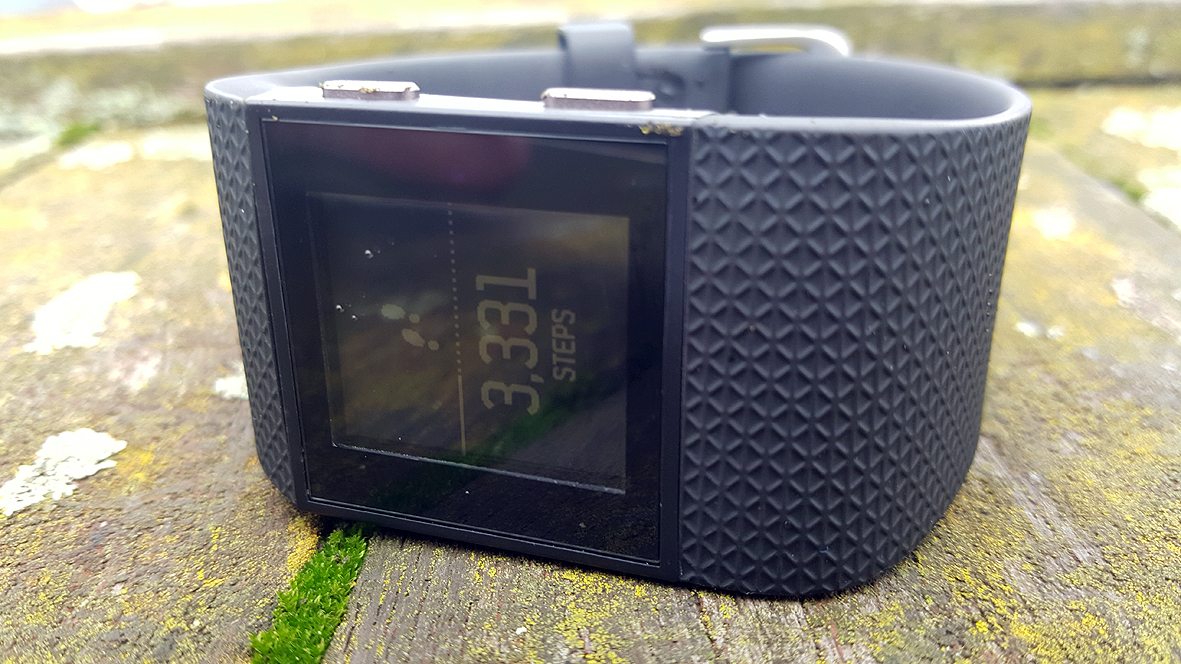
Inside the rear of the watch body is the PurePulse optical sensor, with LED lights for heart rate measuring. There's also the GPS tracker and 3-axis accelerometer for calculating steps, distance, calories burned, and elevation.
The LED screen is nicely backlit, so it's great in dim light, with nice, sharp digits. You can easily toggle the backlight when it activates with the settings in the watch too. Sadly the touchscreen display itself is more drab looking, showing all your stats in light grey tones.
The battery is lithium-polymer, which Fitbit claims lasts seven days or more. Use the GPS for any considerable period, though, and expect to knock two to three days off that.
Fitness performance
Sadly, this is the area where things get a little more rocky, as Fitbit leaves the comfort zone of general activity tracking (a la the venerable but market-defining Fitbit Flex), and enters the ring with Garmin and Polar.
Get all the latest news, reviews, deals and buying guides on gorgeous tech, home and active products from the T3 experts
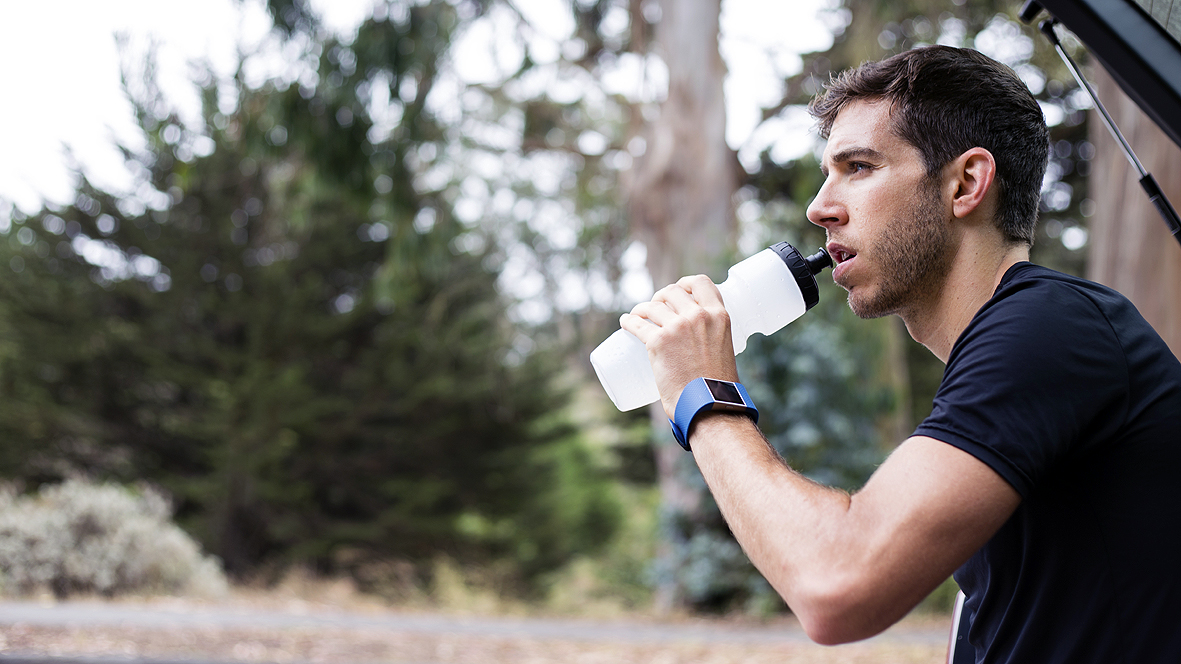
The HR monitor is fairly accurate, once you've got it set right. Achieving heart rate zone training on the go is pretty fiddly and difficult to keep track of mid-run, and makes the HR zone training element pretty much redundant. It is possible, let's be clear, but not easy.
The GPS performance is decent, with very rare exceptions when it tracked a rogue waypoint or two on a route, and getting a satellite lock can take up to 60 seconds, which is a bit of a motivation killer, but it's otherwise a reliable function.
Obviously, given it's a super watch, it'll track more niche activities like weight-training, golf, yoga, and tennis, according to Fitbit, but in reality this is just a method of tagging up periods of activity, the data doesn't vary at all. And when competitors like the Microsoft Band is granular enough to help wearers' nail their golf swing, labels in an app just aren't going to cut it.
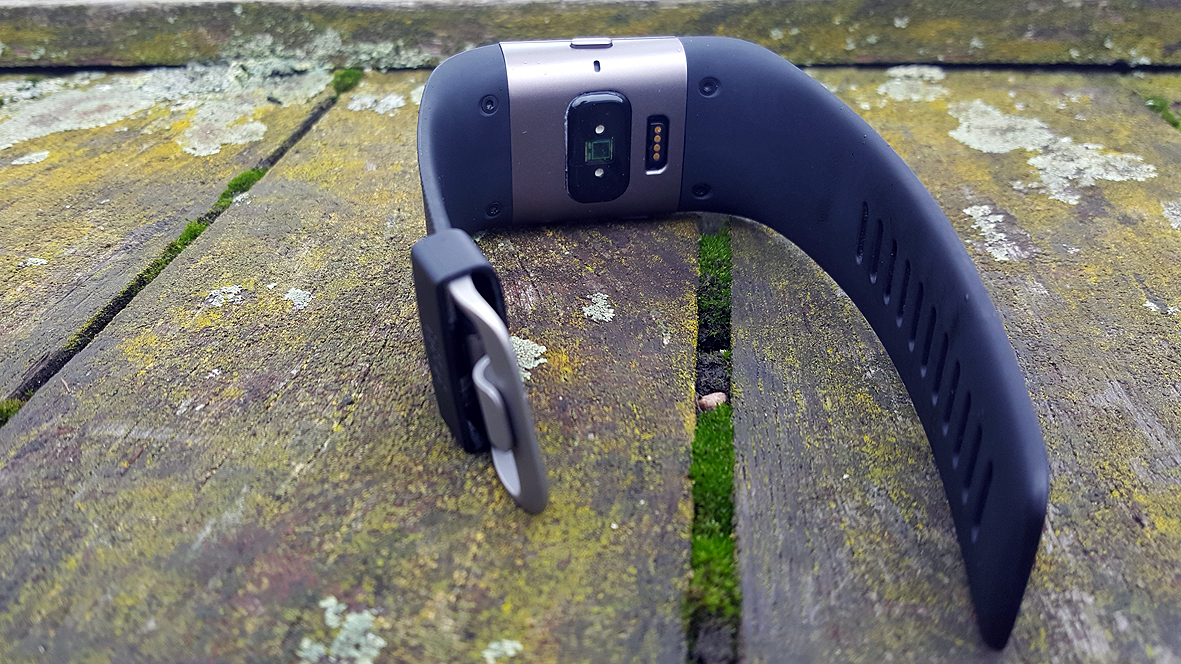
Sleep tracking
Unlike Fitbit Flex that came before it, Surge has the magical ability to know when you're asleep without you having to tell it, which is a considerable improvement. There's something comforting about waking up to find that your sleep stats have been automatically materialising whilst you've been in dreamland.
The stats are, however, basic at best. Surge tracks three sleep modes: asleep, restless, and awake, all depicted in a colour coded timeline in the app come morning. To be fair, it's an issue that affects most fitness trackers - what do you do with the data? A bad night's sleep is usually all too obvious to us in the morning, an annotated chart confirming that doesn't replace espresso.
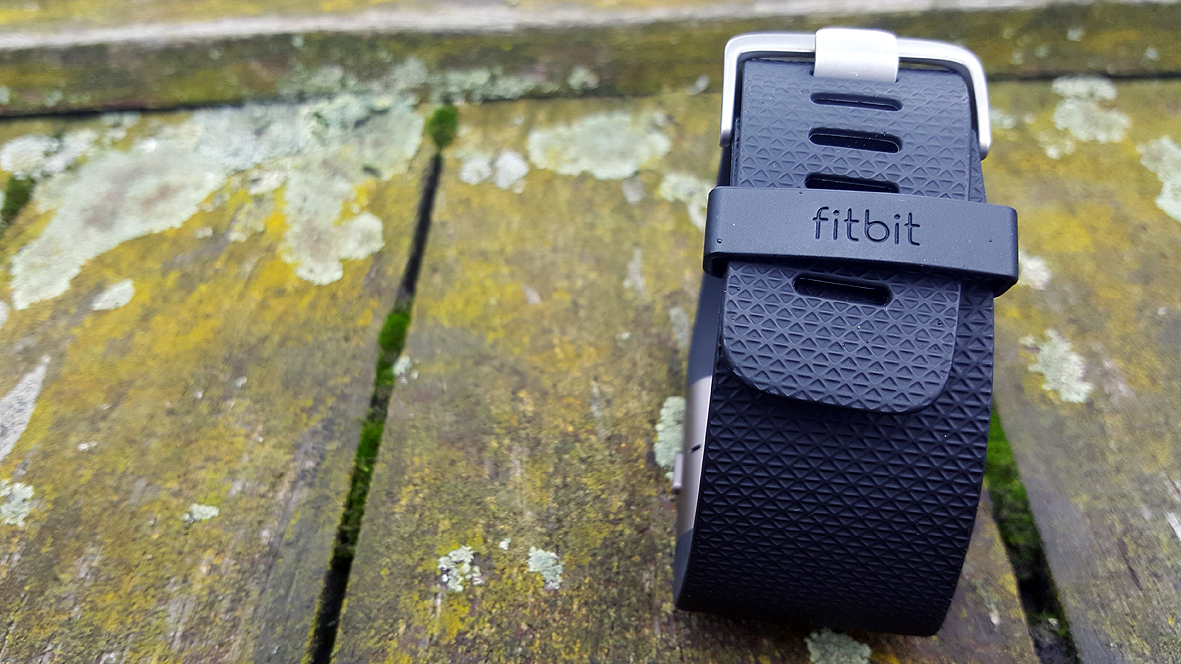
On the flip side, Surge doesn't confuse periods of idleness with sleep. It's not going to mistake movie night for bedtime, or try and track your zzzs when you're in the dentist's chair. There's a silent vibrating alarm too, which is standard these days.
App
Any companion app should act as the nerve centre of your fitness tracker, busily gathering stats and throwing them into graphs, charts, goals, and feedback that are realistic, attainable, and simple. And that's one brief that Fitbit has nailed.
The app looks like any modern, intuitive smartphone app, with separate screens for areas like calories burned, floors climbed, active minutes, and workout stats. Navigate to any one of those pages and you'll be able to interact with graphs of your recent activity, as well as past stats. The Fitbit also syncs easily, regularly and seamlessly, which is a real boon. Some competitors have struggled with this, which can leave you fiddling with buttons and Bluetooth settings rather than getting on with your day.

There's also the welcome addition of a barcode scanner, which supports a large database of potentially unhealthy processed food so you can get nutritional data alongside all those fitness stats. If the virtual badges in the app don't spur you on to achieve your goals, there's always the function that lets you compete with friends and share your data with them, which although You can also change lots of Surge's settings within the app, including the look of the watch face, which is a nice touch.
Verdict
Had Fitbit not made such grand promises about Surge, it might be easier to be impressed by the product itself. It is designed on a fairly bulky scale, but the build quality is good, the Fitbit app is strong as ever and in many ways it's a very polished, aspirational package.
However, as soon as you step away from the general activity tracking into more niche areas, the cracks begin to show. If you don't mind that the multi-sport function isn't as thorough as some, and you're happy just to see your various workouts compartmentalised within the app, then you'll be pleased with Surge.
It's a major step up from the other basic fitness bands, but for those needing more advanced analysis for targeted training, or in a range different sports, you might want to turn to the likes of a Garmin Forerunner 225, Polar M400 or Microsoft's Bands.
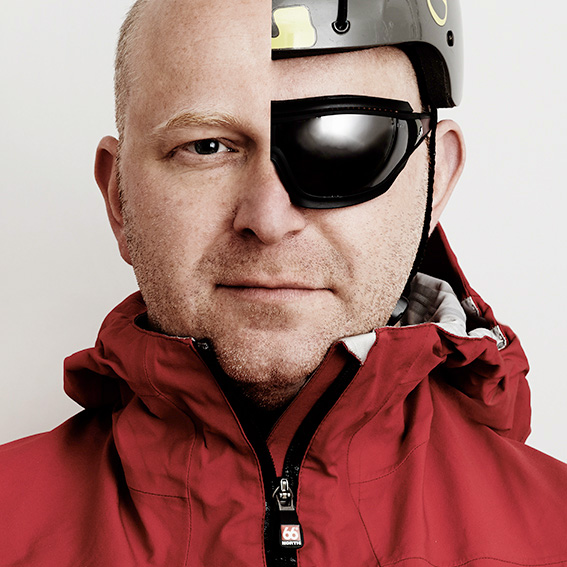
Mark Mayne has been covering tech, gadgets and outdoor innovation for longer than he can remember. A keen climber, mountaineer and scuba diver, he is also a dedicated weather enthusiast and flapjack consumption expert.